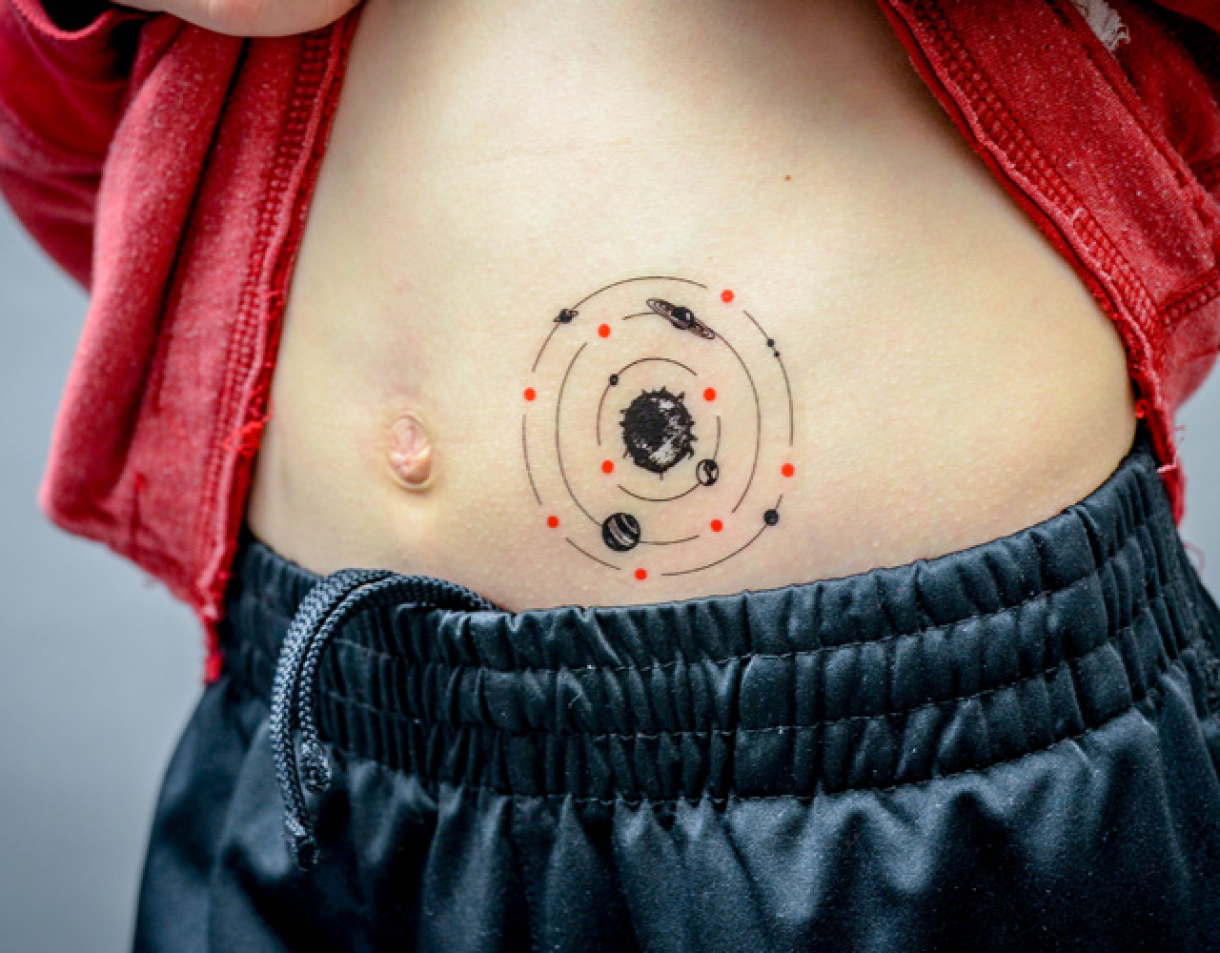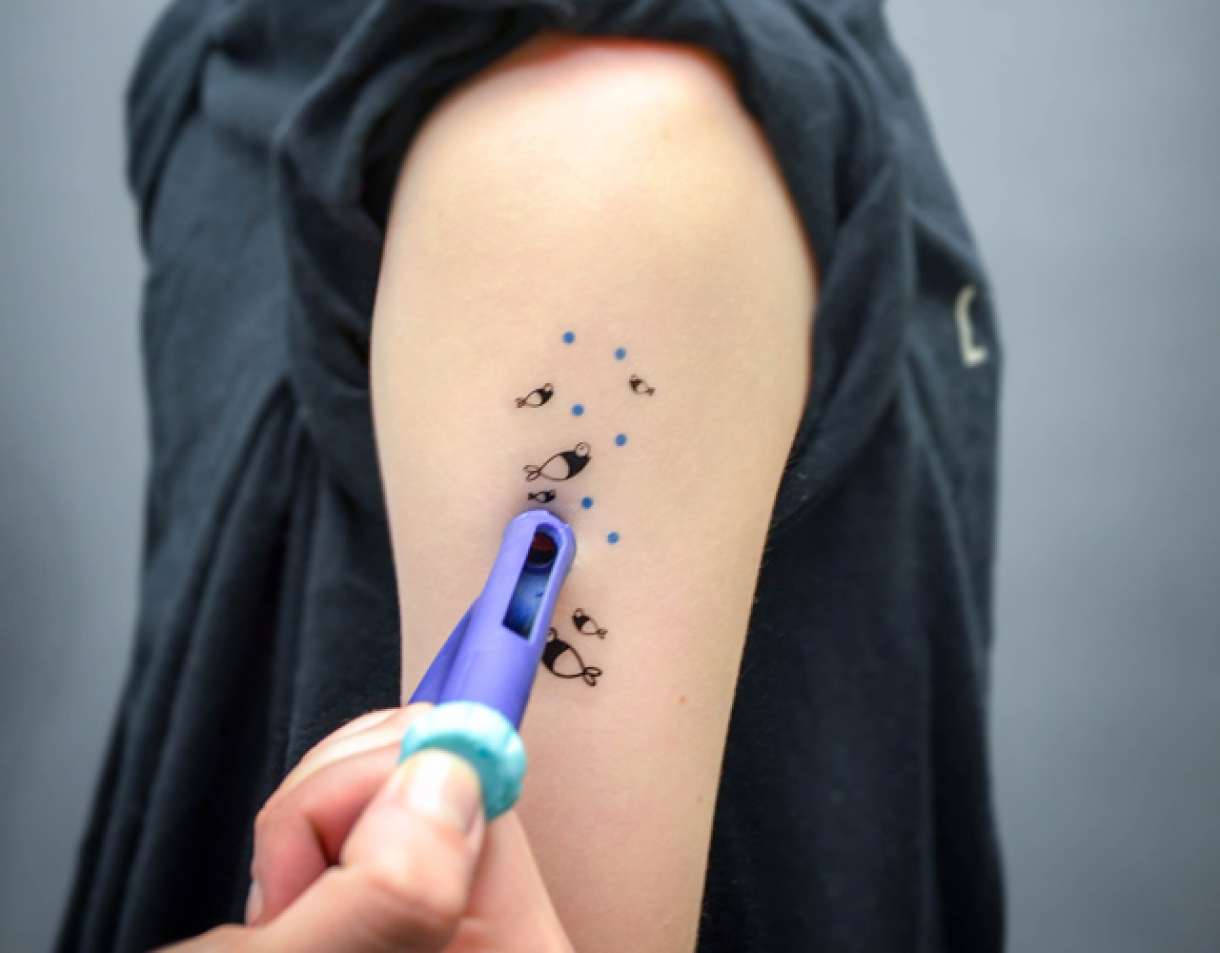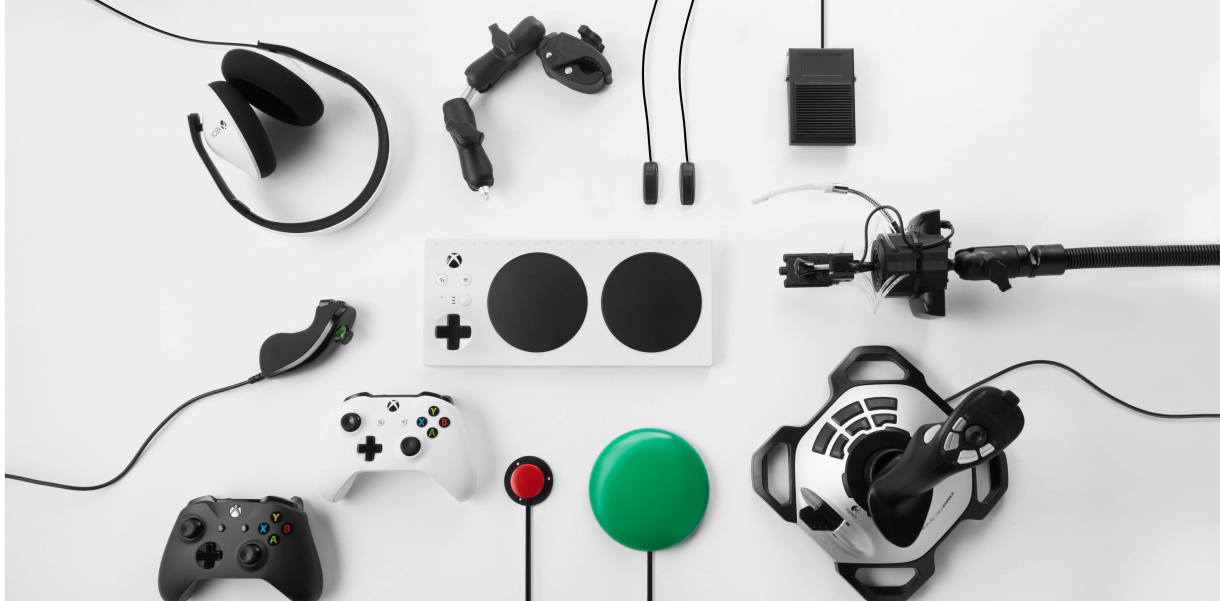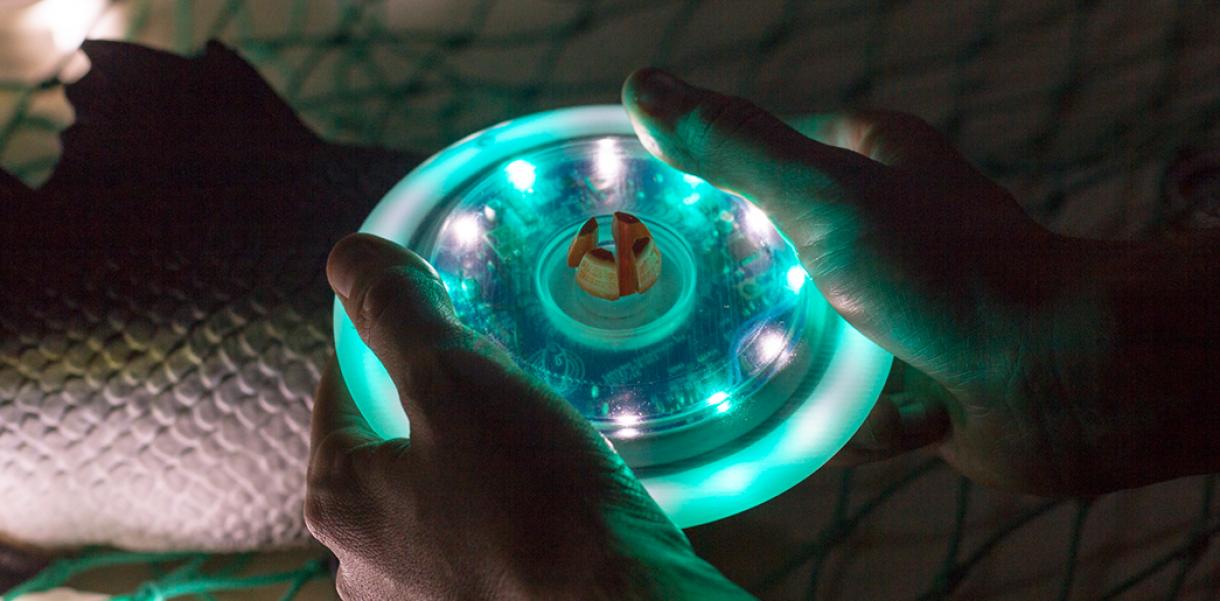It all started when a six-year-old boy named Thomás from Mexico was diagnosed with Type 1 diabetes. It turned his world upside down when he couldn’t indulge in candy like his friends and had to be injected with insulin up to five times daily.
Thomás’ cousin Renata Souza Luque was studying Product Design at Parson’s School of Design in New York, when she and the entire family learned of Thomás diagnosis. She immediately began to notice how her beloved family member not only mentally but, physically struggled with the daily insulin injection.
“I realised how much time this is stealing from Thomás’ childhood,” explained Souza while speaking at the 2018 Design Indaba. “In a way, diabetes is forcing Thomás to grow up. That’s when I decided that I want to design something for children living with type 1 diabetes.”
The desire to make life easier for diabetic children evolved into a product and company called Thumy. They produce temporary tattoos and reusable insulin pens that enable children to manage their injections and take charge of their condition.
Thumy taps into a problem that may have gone unnoticed by those involved with diabetes daily. While we have the tools to allow adults to self-treat, the thousands of children living with Type 1 diabetes are solely dependent on others. When children can’t hold the insulin pen or remember previous injection sites, caretakers and parents’ help is crucial to their survival.
“I wanted it to be something children with Type 1 diabetes are proud of carrying around and showing off”
Making child-friendly medical tools means empowering Type 1 diabetic children and giving them more independence from their caretakers. While designing the insulin pen, Souza researched the form of a child’s hand, the way they grip things and their coordination. Thumy’s non-disposable pen now not only reduces waste but, creates an attachment between child and tool.
A lot of research was equally put into making Thumy’s temporary tattoos simple, intuitive and fun. Designed as bee trails, solar systems and friendly aliens, they help children visually navigate injection sites. While the tattoos are black, they have coloured dots clearly indicating where to inject insulin. For each injection, the child selects a new coloured dot. This fosters an intuitive rotation of injection sites, reducing the likelihood of scar tissue. Around three days later, all coloured dots are gone and the child can apply a new tattoo somewhere else.
A huge part of the design process for Souza was finding a balance between medical tool and toy. She wanted to design something fun that the child could find joy in while managing a serious condition. That balance is, for example, showcased in the pen’s release dial, which is made of thermochromic plastic, so it changes colour when the child touches it. This makes the usage of the pen more fun, while also encouraging the child to hold the pen longer until the full dose of insulin is administered.
Thumy’s kit for diabetic children highlights a significant challenge in the health industry of providing appropriate treatments for all kinds of patients. Designing for children in this case not only opens up for an inspired and imaginative way of creating products but, is a clear statement of empowering people of all ages with chronic conditions.
For Souza, that was the main goal all along: “I wanted it to be something children with Type 1 diabetes are proud of carrying around and showing off”.









